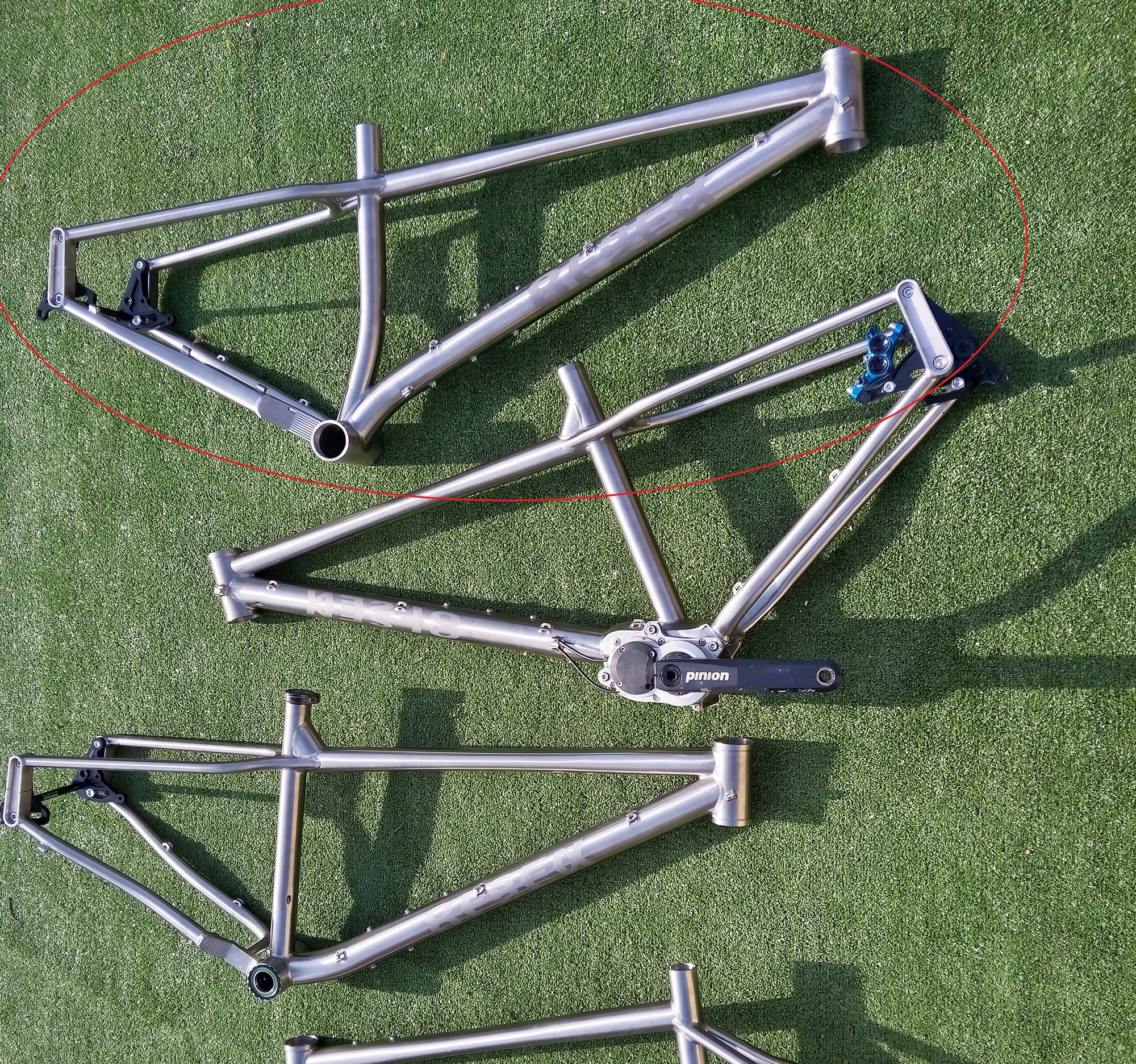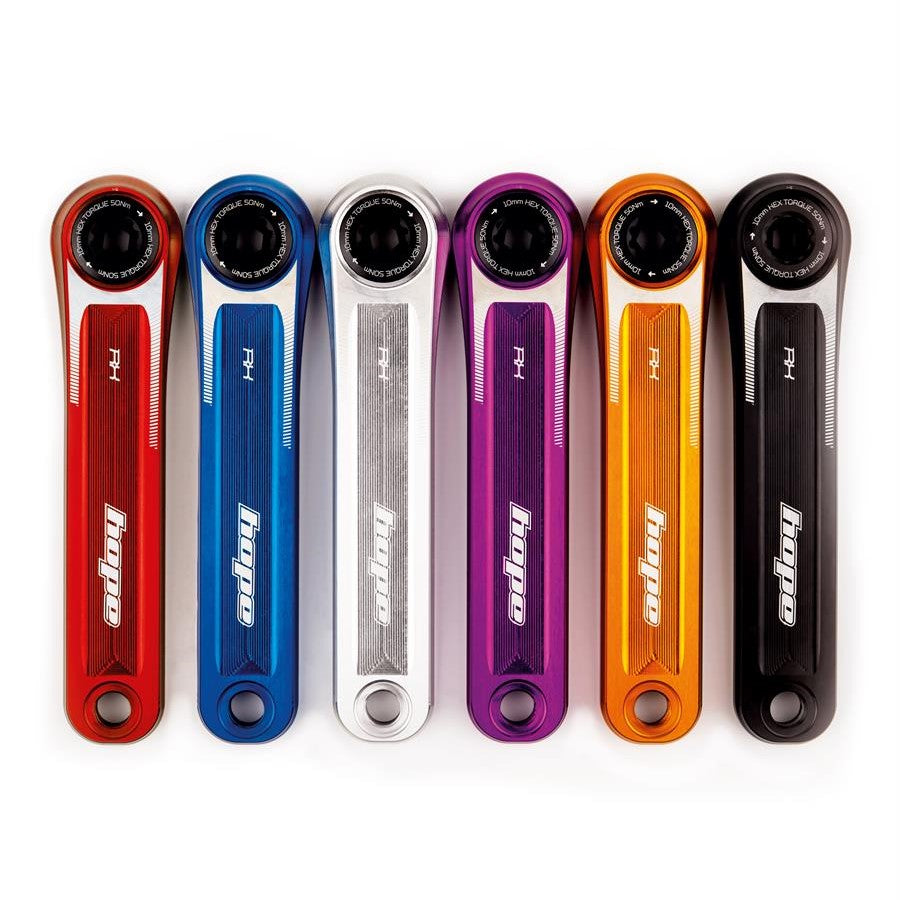How can I design something better than a custom design? This has been a reoccurring design discussion of mine, as it is a Catch-22 scenario. Design is just a small part of the puzzle to get the final product. You might know someone who wants a custom frame or you might have an idea that is not in the market? This is another design journey, giving you an insight into bike design and manufacture.

Idea to Final Product.
Even small companies go through a design development process. This is to catch any mistakes and also to make any improvements.
- Idea - these normally require further sanity checking.
- Concepts - Different concepts drawn to explain each ideas pro and con.
- Prototype – the winning concepts get sampled and built up for testing
- Development – After testing the frame will get any minor modifications added.
- Production – All materials get ordered and all sizes get manufactured.

Homer Simpsons Car?
This normally happens in big companies with "enthusiastic" marketing departments trying to drive sales. This is "design by consensus" or "design by committee". I have blogged about this before, because I find it funny and I have seen it happen. Basically a brief comes from the Marketing department with so many options that the product could be anything or has too many options and looses focus. Homer designed his car in isolation from anyone else’s ideas and not evolving his own. Don’t be a Homer – remember this is only at the idea stage.
Custom Geometry:
Geometry can be a very personal experience, however even frame builders offer “off the peg” designs. Road riders are often in a static riding position, so custom geometries make sense if you have long limbs or torso. Triathletes and Time trail riders even more so and there is a big bike fitment industry behind optimising muscle groups etc. Everyday riding and mountain biking is more adaptable and as a consequence there are a lot of geometries in the market. Frame builders can and will advise based on their experience, while brands aim for a wider group or market.

Small Batch Flexible Manufacturing:
Small batch manufacturing is possible if features are common across the range. 3D Computer Aided Design (CAD) used as a design tool in the correct way can allow for the use of small scale Laser cutting, CNC machining and 3D printing. When Olsen Bikes started in 2013, I started looking at productionising 3D metal printing to offer custom geometry. 3D printing a plate lugs sounds like a good idea – however they were very expensive. I wanted to develop designs that had some standard sections, so that I could replicate any geometry. I wanted to standardise Bottom Bracket shells, Head Tube, brake mounts and dropouts. This would allow me to order production batches of parts, while still offering a custom geometry.

Materials and Processes:
Making this a reality needs an understanding of the Materials and Processed. There are 4 materials used to manufacture bicycle frames. Each material has its own manufacturing process. Understanding the manufacturing process and each materials limit is key to a good design. Frames are basically a set of shaped tubes. For the purpose of this article, all of the materials can be used to create similar designs out of each material.
Chromoly: Chromoly Steel, has had its success over the years, however it is limited by its process. There is a limitation to CNC or hydroforming steel as everything adds weight and or unnecessary cost. Chromoly is relatively heavy but strong. However Columbus Zona and Reynolds 853 have been developed to air harden when TIG welded. This reduces the need to gusset or lug frames. Chromoly is popular, as the ride feels springy and does not punish the rider.
Aluminium: Aluminium alloys have come a long way from when Klein was the only manufacturer doing aluminium any justice. Aluminium alloys have got better over the years and so have the processes. Aluminium frames benefit from hydroforming and CNC machining these days. TIG welding is key to aluminium, but aluminium frames still need annealing to reduce any stress raisers. Aluminium is not the most comfortable ride. It is light but it can be punishing over long rides.
Carbon Fibre: Carbon is the designers dream material, as you can almost design any shape. However Carbon needs to be designed so that it will come out of the mould. There are good things and bad things with carbon. It is very labour intensive. Carbon fibre has the best strength to weight ratio when it is designed and moulded as a monocoque structure. However it can be bonded as a tube to tube method like Treks OCLV frames. Carbon frames are light, but give a slightly dead ride feel, but they do absorb trail chatter more than alloy frames.
Titanium: Titanium is the wonder metal. Light, springy and corrosion resistant, titanium frames can last for years. Titanium is difficult to machine and form, however good factories invest in their staff and the machinery. I have selected one of the best Titanium factories in China. They are close to the Titanium Mills and can hydroform the tubes, CNC solid Titanium inhouse and have skilled welders.

Each material has the scope to offer a custom geometry – even if the details are the same. It is the background development work that customers do not see. I love a good custom frame design, however I hope that I have also explained the pain that frame builders have gone through to get there. You might want something bespoke – something on the edge of art. However there are some bicycle standards that need to be catered for there are a lot of Head tubes and Bottom Brackets formats to choose from, ensure that it is backward compatible. Unlike Homer you will need to compromise somewhere unless you are prepared to pay for something special.
At OLSEN HQ I have tried to standardise features, while still being backward compatible. The standardisation of Head Tube, Bottom Bracket and dropouts across the range, allows us to purchase small batches of each “Design”. Each Design share common parts allowing for the CNC work to be done in volume, reducing the setup costs. These costs then trickle down to the customer. This also reduces risk, as every frame has been prototyped, tested and reviewed before production. This is the development pipeline that we do not always see.






